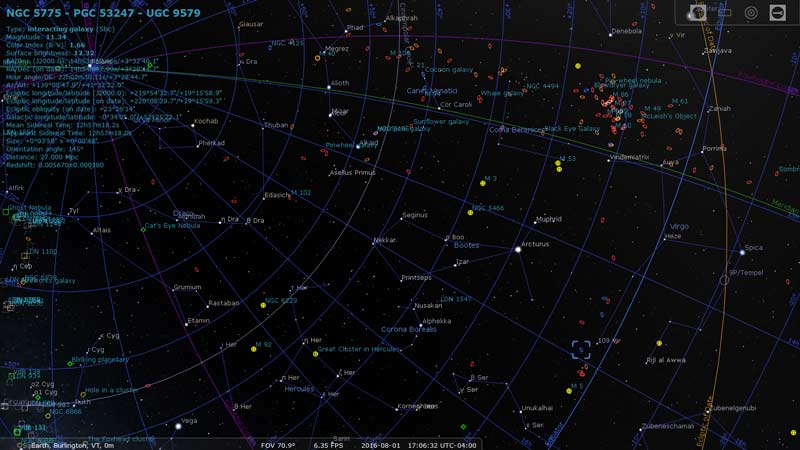


Statistics on lunar impact flashes also contribute to characterizing the population of Earth-crossing meteoroids. However, knowledge about these parameters can only be obtained from direct observation of an impact flash. Seismic records are essential to understand the crustal structure of the Moon, if they are analyzed together with specific parameters of the seismic source, such as location and magnitude. Meteoroid impacts are reported to have caused about one fifth of the lunar seismic events recorded by the Apollo passive seismic experiment between 19 (Nakamura et al. When a meteoroid collides with the Moon, a transient luminous event called a impact flash occurs. Since unequivocal detection of an impact flash requires simultaneous observation from at least two sites, we strongly recommend that other institutes and universities in Korea set up similar inexpensive monitoring systems involving educational or amateur telescopes, and that they collaborate in the near future. Based on a star-like distribution of pixel brightness and asymmetric light curve, we conclude that the observed flash was due to a meteoroid impact on the lunar surface. We found a plausible candidate impact flash on Feb. 2014, we recorded 80 hours of video observation of the unilluminated part of the crescent moon in the evening hours. 2013), we set up a video observation system for lunar impact flashes using a 16-inch educational telescope at Chungnam National University.

At the suggestion of the NASA Meteoroid Environment Office (NASA/MEO), which promotes lunar impact monitoring worldwide during NASA's Lunar Atmosphere and Dust Environment Explorer (LADEE) mission period (launched Sept.


 0 kommentar(er)
0 kommentar(er)
